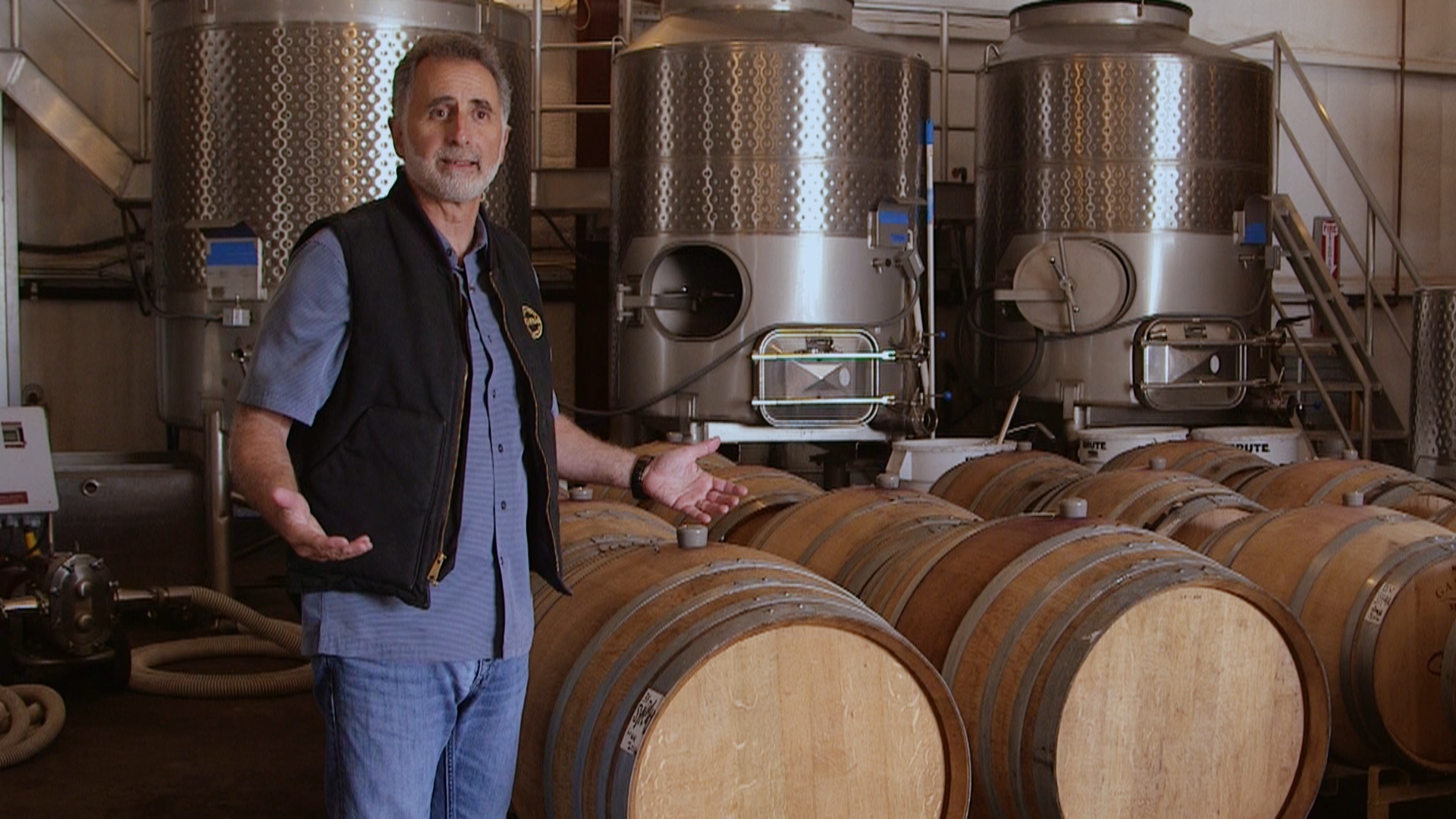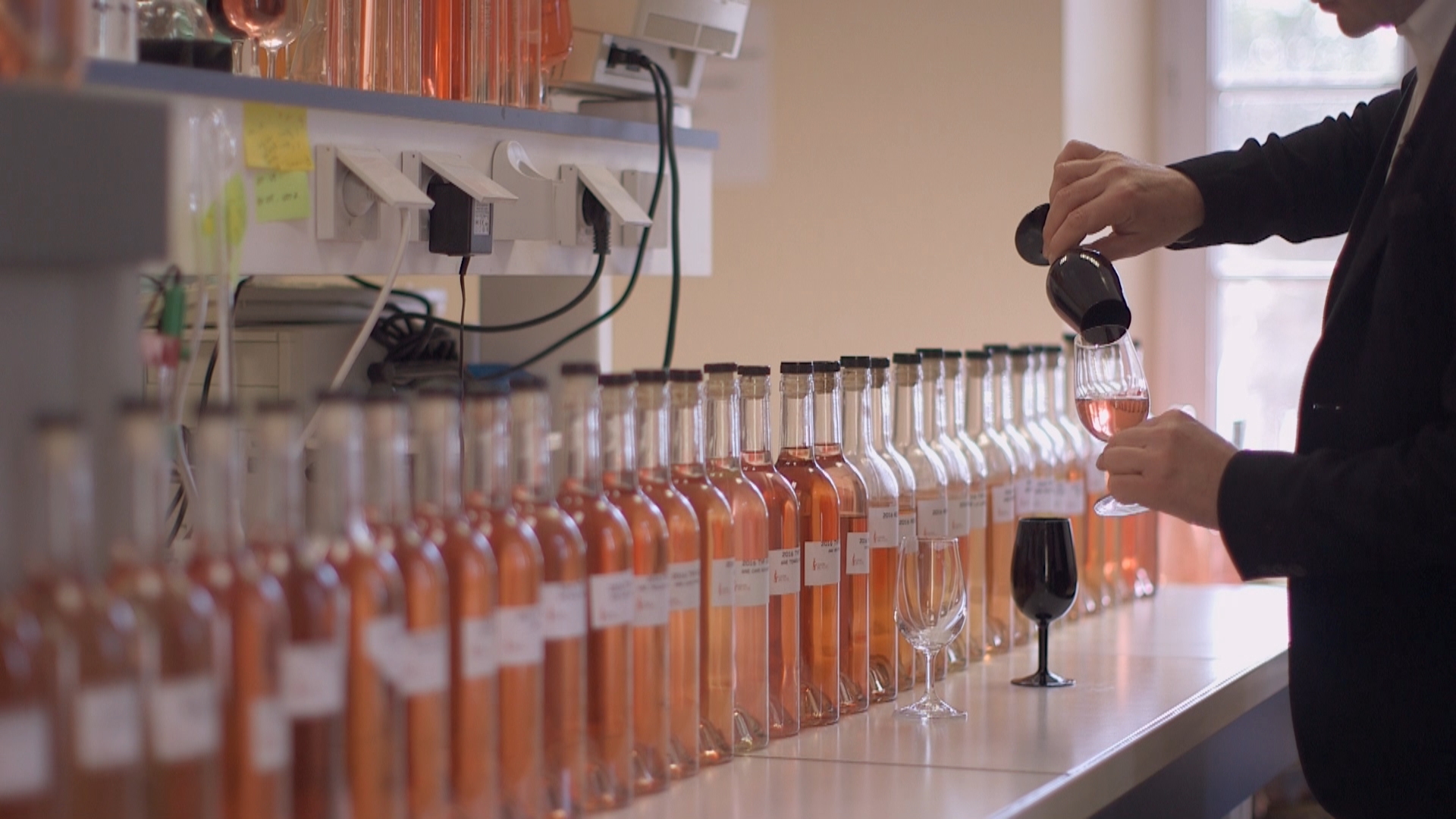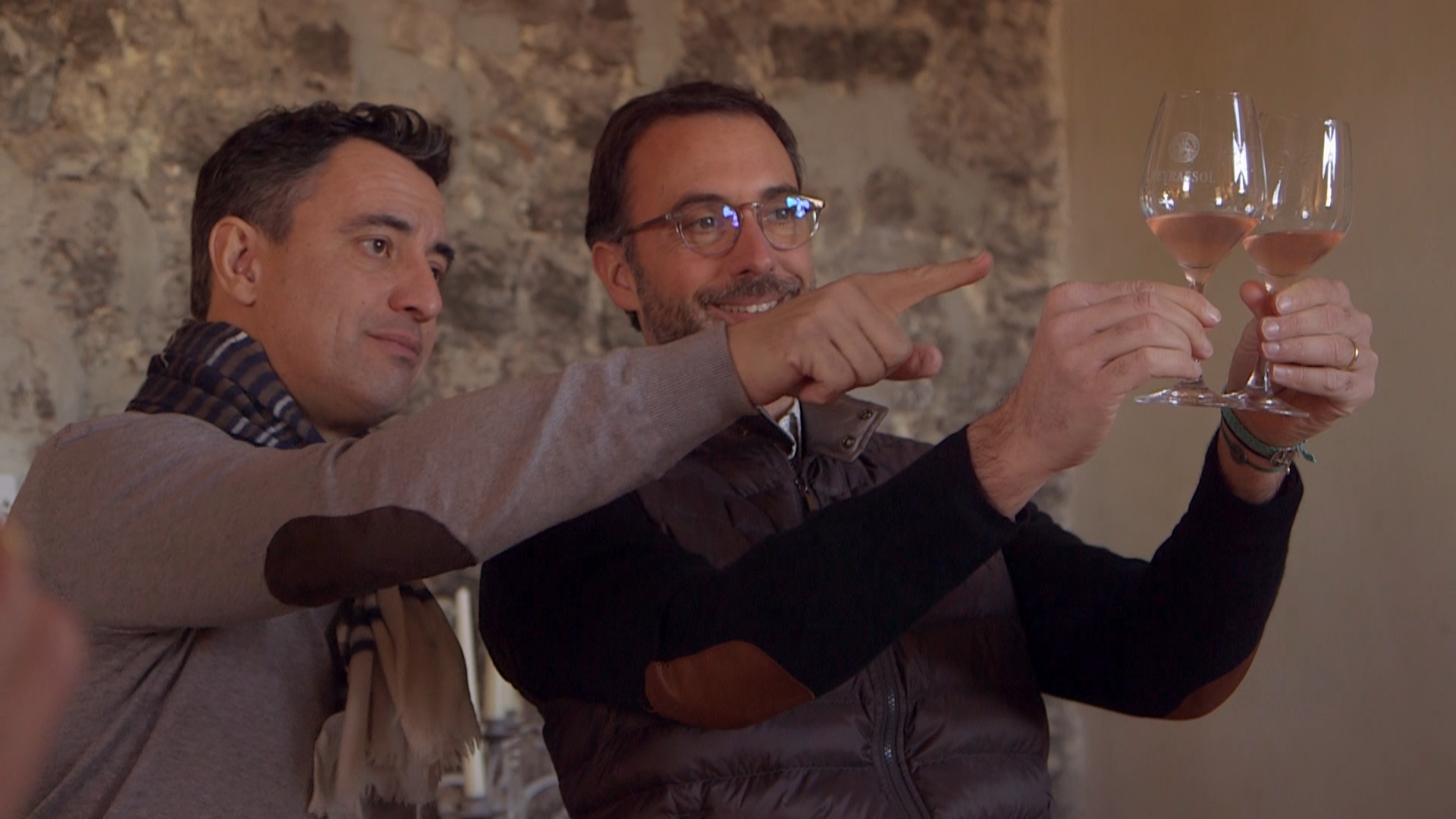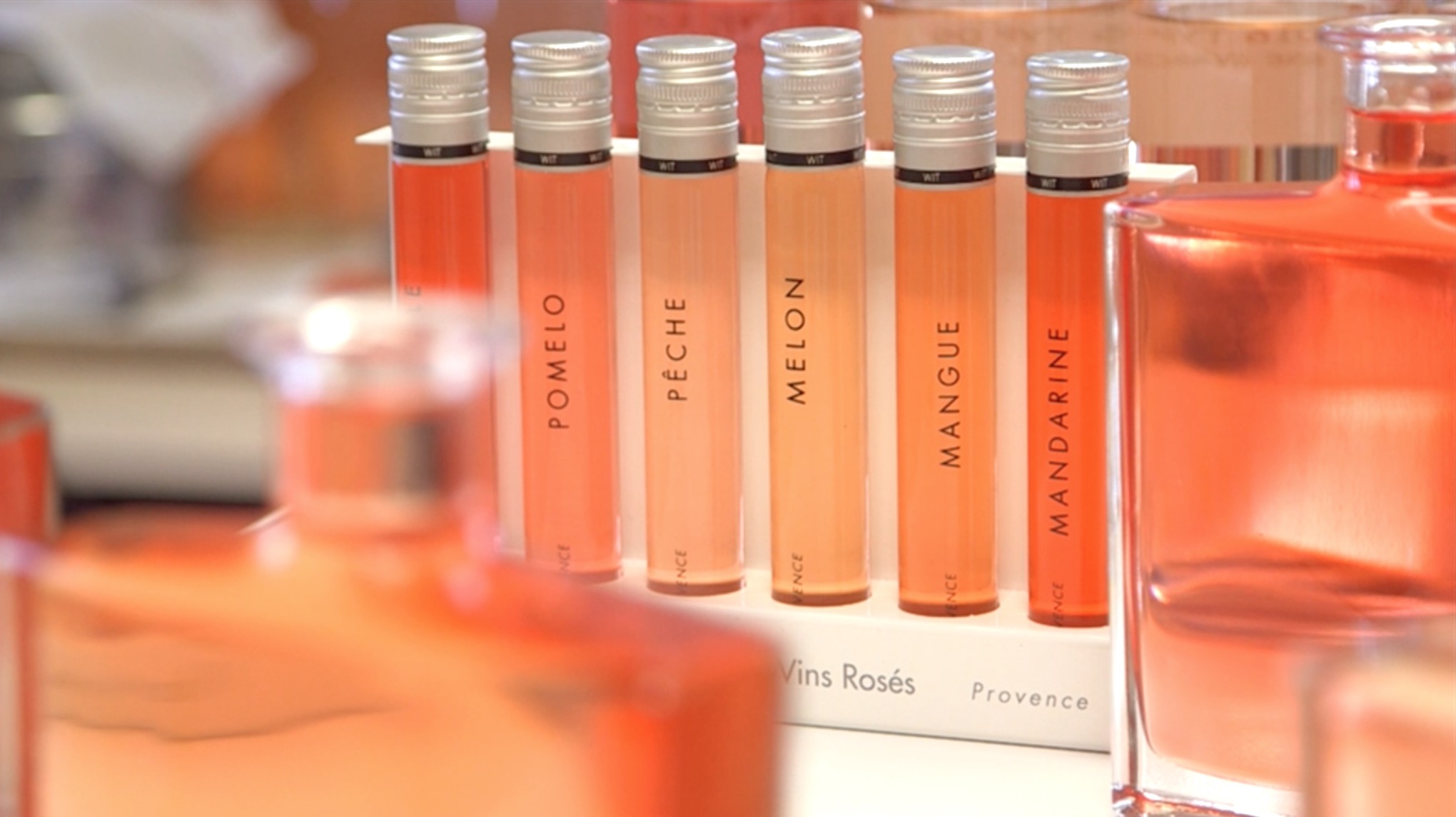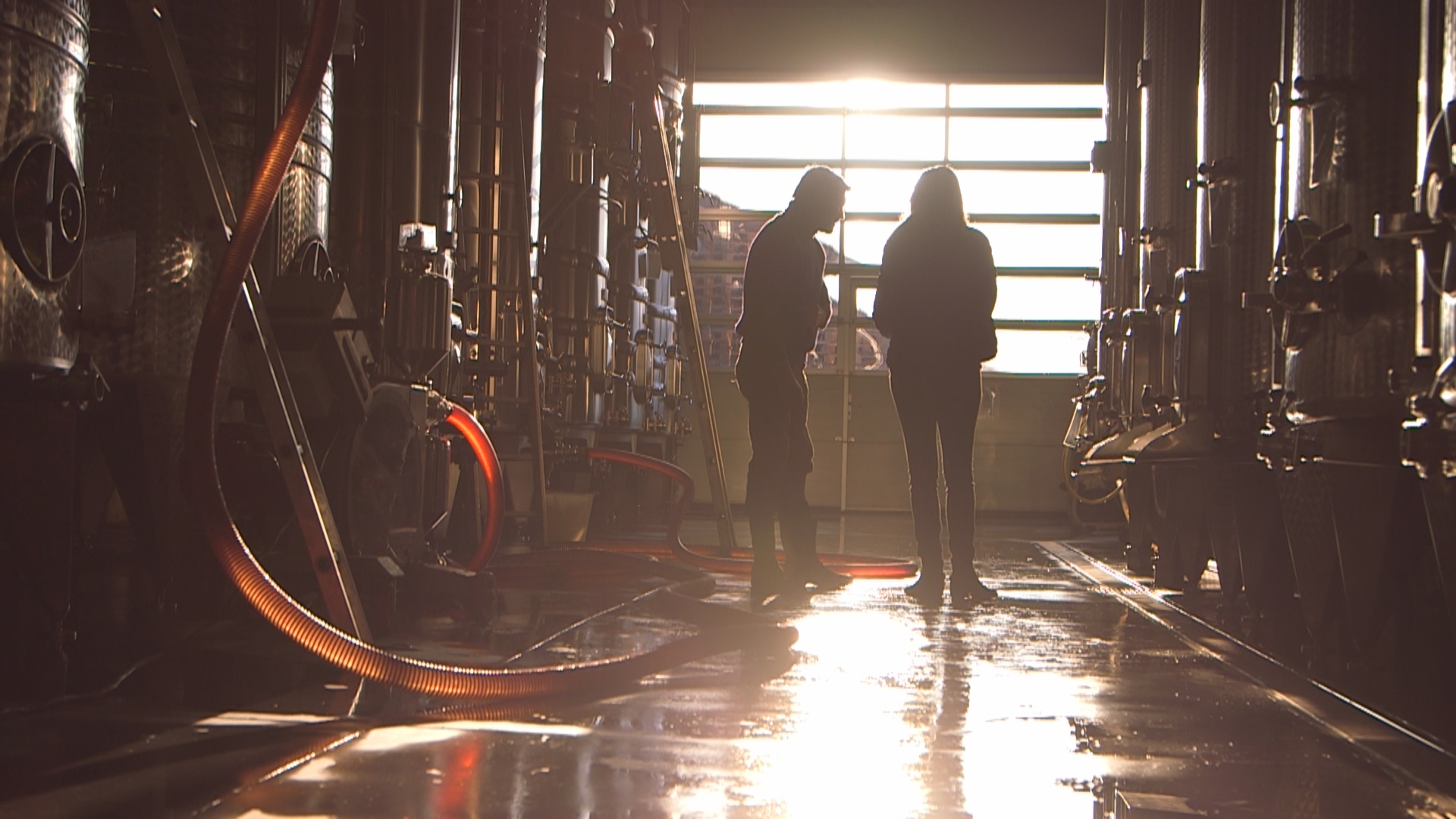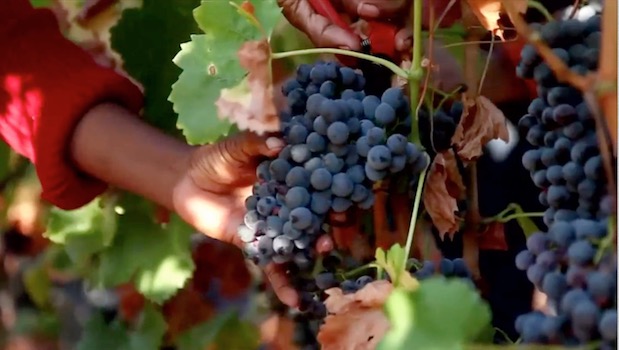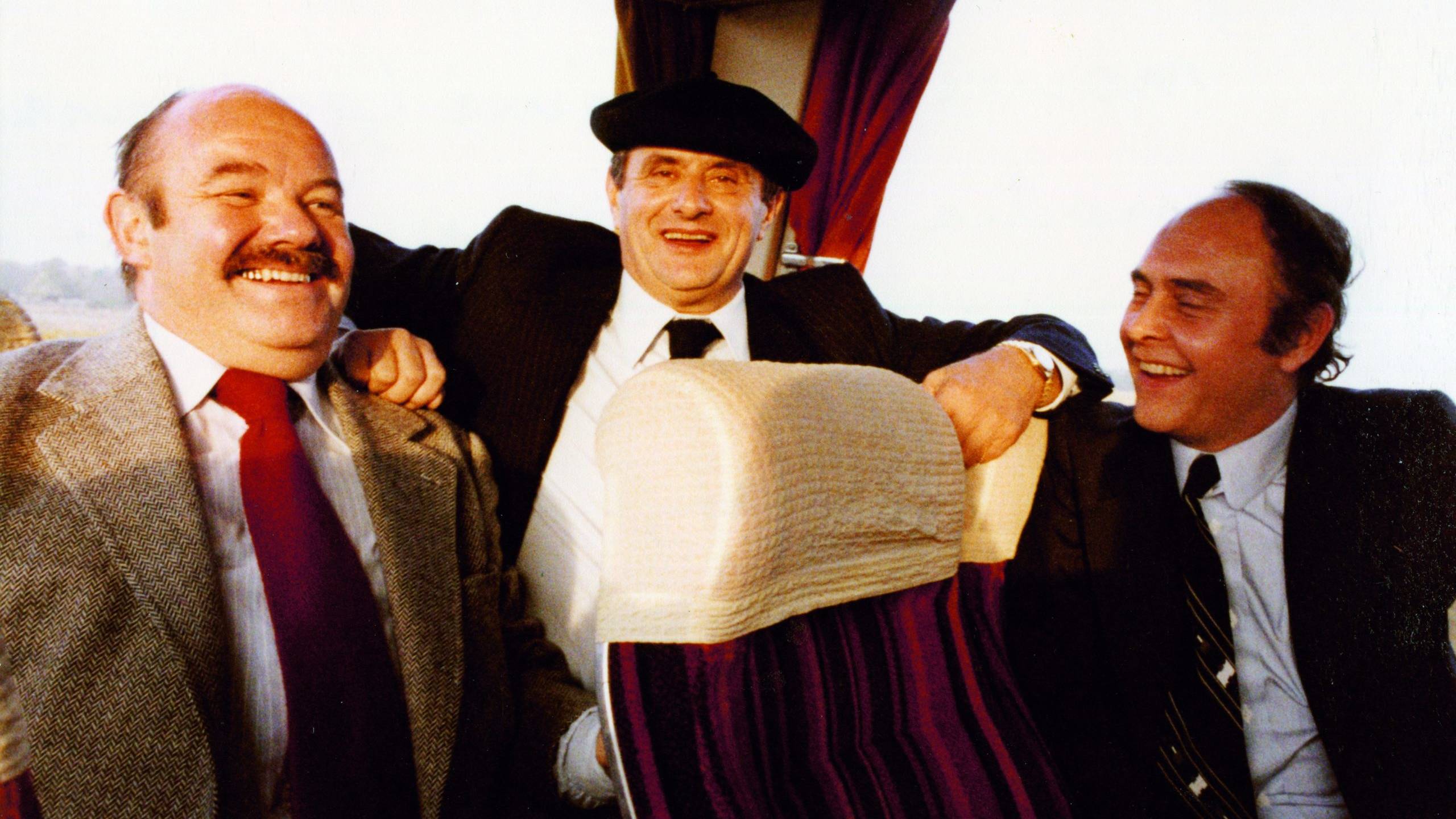Fifty shades of Rosé
There was a time when rosé was barely considered a wine. At best, it was seen as a pleasant summer drink with a whimsical color, often resulting in a headache. But in 2013, there was a palate revolution: a bottle of Provence rosé made its debut in the prestigious Wine Spectator ranking of the 100 greatest wines in the world.
Is rosé just another red, a substitute for white, or a wine in its own right? Have consumer tastes evolved, or has the profile of the wines changed? From small Provençal vineyards to the largest Californian estates, and from international wine fairs to specialized research centers, our film explores the taste of the color pink—or perhaps it is the color that defines the taste.
Type (Documentaire / Documentaire fiction / Série documentaire)DocumentaryGenre en anglaisSociety & Economy Written byAnne Richard, Kenneth Kobré Directed by Anne RichardSoundPierre Armand, Frédéric LadevèzeIn coproduction with France 5 Supported by CNCDistributed by TerranoaYear2017Duration52min
Press coverage
Wine lovers will appreciate it, and newcomers will savor it. Enjoy without moderation!
Le Parisien
Definitely refreshing! The film stands out due to its collaborative writing.
Télé Deux Semaines
The commentary, presented as a dialogue between documentarians Anne Richard and Ken Kobré, adds a touch of lightness and friendliness to this otherwise remarkably handled subject.
Télé Loisirs
Once looked down upon by experts, rosé is now celebrated, both in France and abroad: a close-up on this third color. Worth the trip!
Télé 7 Jours
An investigation that shows us all the shades of rosé!
La Provence
